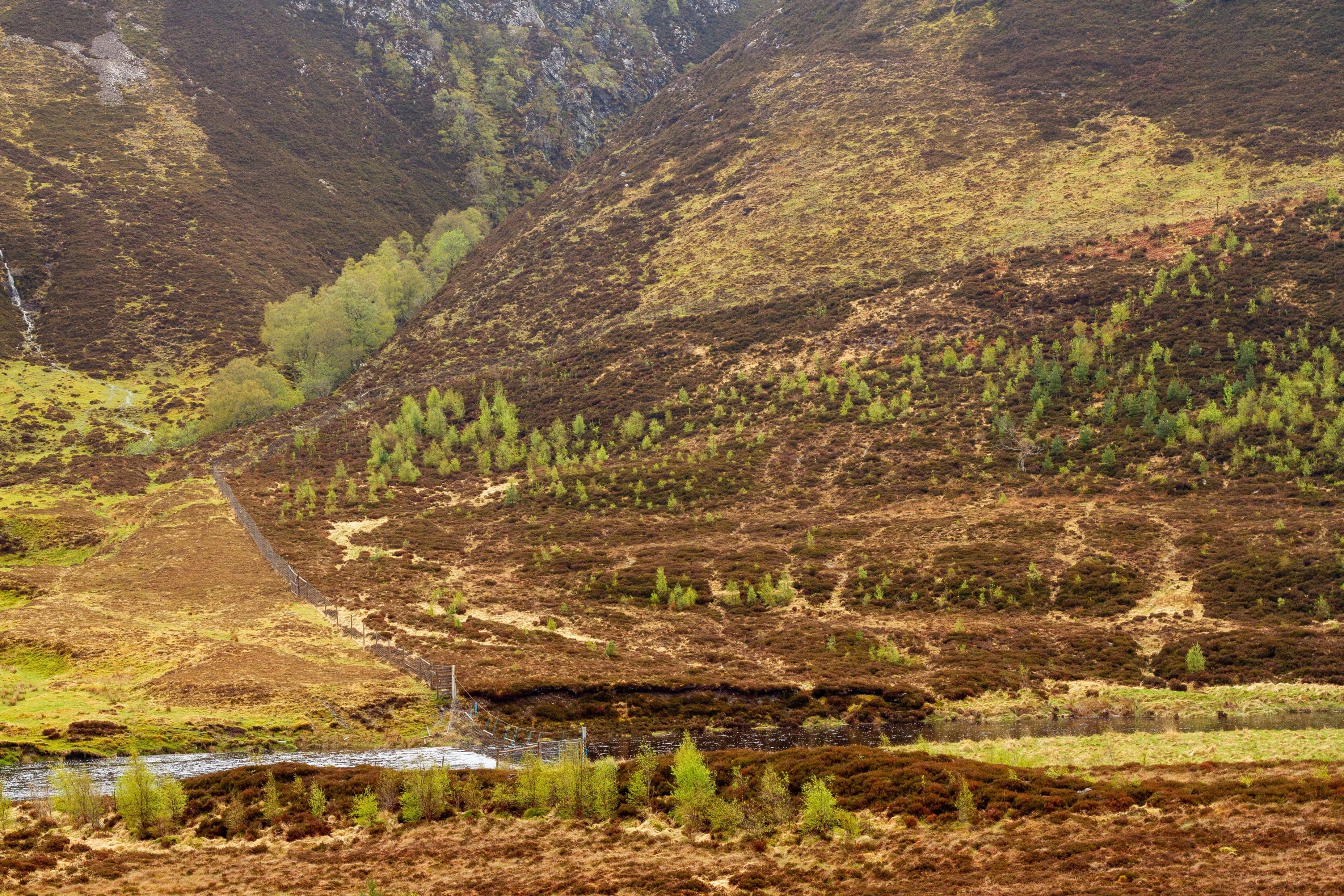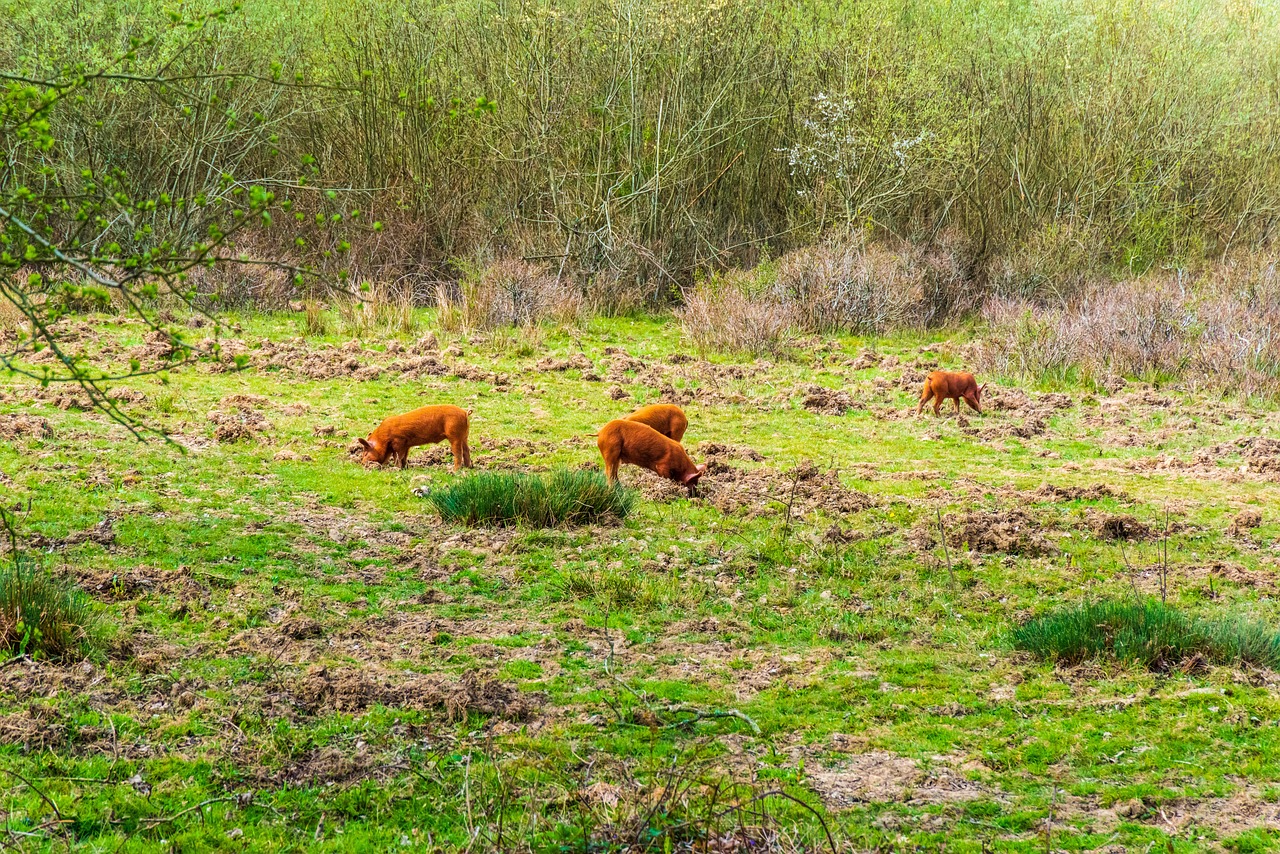As part of the ‘Restoring Landscapes’ blog series, author Jake Williams presents a case study illustrating the value of satellite data in filling the knowledge gap on the effect of passive restoration efforts in different climatic and ecological contexts.
With the launch of the ‘Restoring Landscapes’ blog series, it is a timely moment to reflect on the connection between the actions we call “restoration” and the outcomes we call “restoration”.
As applied ecologists and land managers – with the social responsibility of delivering meaningful results with public money – we must remain sceptical, and constantly ask for the empirical evidence that interventions are effective. Restoration must be evidence-based.
In this spirit our latest research assessed the outcomes of two decades of passive restoration at Alladale Wilderness Reserve in the Scottish Highlands.

We found no evidence of restoration outcomes from this passive restoration.
This contrasts with significant outcomes observed under the same passive restoration approach in other landscapes and it is incumbent on the applied ecologist to figure out why. It looks like there is some context-dependency to whether the same restoration actions will lead to restoration outcomes. But what part of the context matters?
In other words, what do we need to know in order to judge how effective passive restoration is likely to be?
(A focus on passive approaches is well-justified. Other things being equal, the more active restoration involved in a project, the more it will cost. You could paraphrase a well-known scientist and say that ‘restoration should be as passive as possible but no passiver’.)
Can a simple framework guide nature recovery?
Our working hypothesis is that a simple framework can help guide the manager in deciding what restoration actions to take.
For any landscape we can assess how important human activities are on an ongoing basis. For example, a golf course is maintained as a lawn, with occasional trimmed trees, by constant day-to-day human activity. Whereas an unmanaged grassland is, by definition, undergoing no such day-to-day activity.
We can distinguish this from how important past human activities have been. For example, imagine our golf course is attached to a hotel in the middle of the Bornean rainforest, whereas the unmanaged grassland is on Easter Island (where trees were completely eliminated by prolonged deforestation). The golf course therefore has a high degree of current human “forcing”, with low historic human impacts; while the grassland has low current forcing but high historic human impacts.
Our suggestion is that assessing how important current human activities are in shaping the landscape provides a simple way of forecasting the effectiveness of passive restoration; or, put the other way around, determining the need for active interventions.
This is a very simple point. If your landscape is currently shaped by a human activity, then removing that activity (a passive approach) will change the landscape. If your landscape is not currently shaped by human activity, then, regardless of how heavily past human activities have influenced it, its current shape must be the result of the non-human processes taking place.
This could be local ecology, but could also be physical disturbances. In this case a passive approach is unlikely to change the landscape, as it will not affect the processes that shape that landscape.
The point of this framework is to be simple, but also to be general and abstract. Therefore it can be applied just as well to a freshwater lake or kelp forest, as it can to the grass-dominated systems used as an example.
If seeking to restore a landscape we should start with a simple assessment of the processes that shape that landscape. If human activities shape the landscape then passive approaches (reducing those activities) will lead to change. If no human activities shape the landscape then something more active will be required. A process could be removed (e.g. reducing grazing pressure through deer culling as is common in the Scottish Highlands), or a process could be added (e.g. rooting by Tamworth pigs at Knepp).

All this talk of reorganising processes to set a landscape off on a new trajectory may well sound familiar. This is the language of rewilding. But, our point here is not to argue that all restoration must adopt the language or objectives of rewilding. Rather, it is that we can apply the central insight of rewilding – that effective and cost-effective nature recovery is all about understanding processes – to help design nature recovery actions that reliably lead to nature recovery outcomes.
Read the full article: “Active management is required to regenerate the Caledonian forest: Alladale as a case study” in Ecological Solutions and Evidence and discover more posts from our ‘Restoring Landscapes’ blog series.
